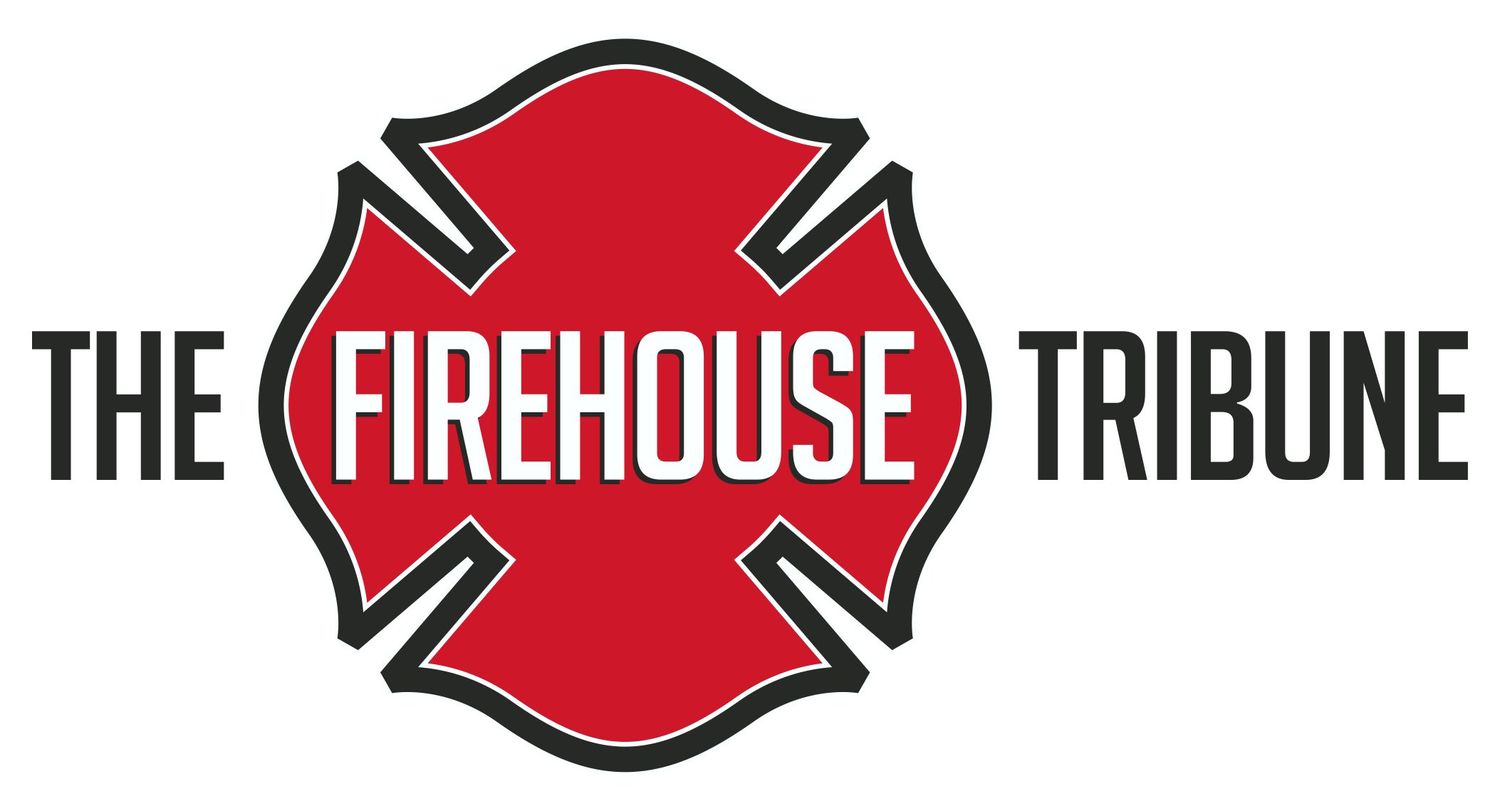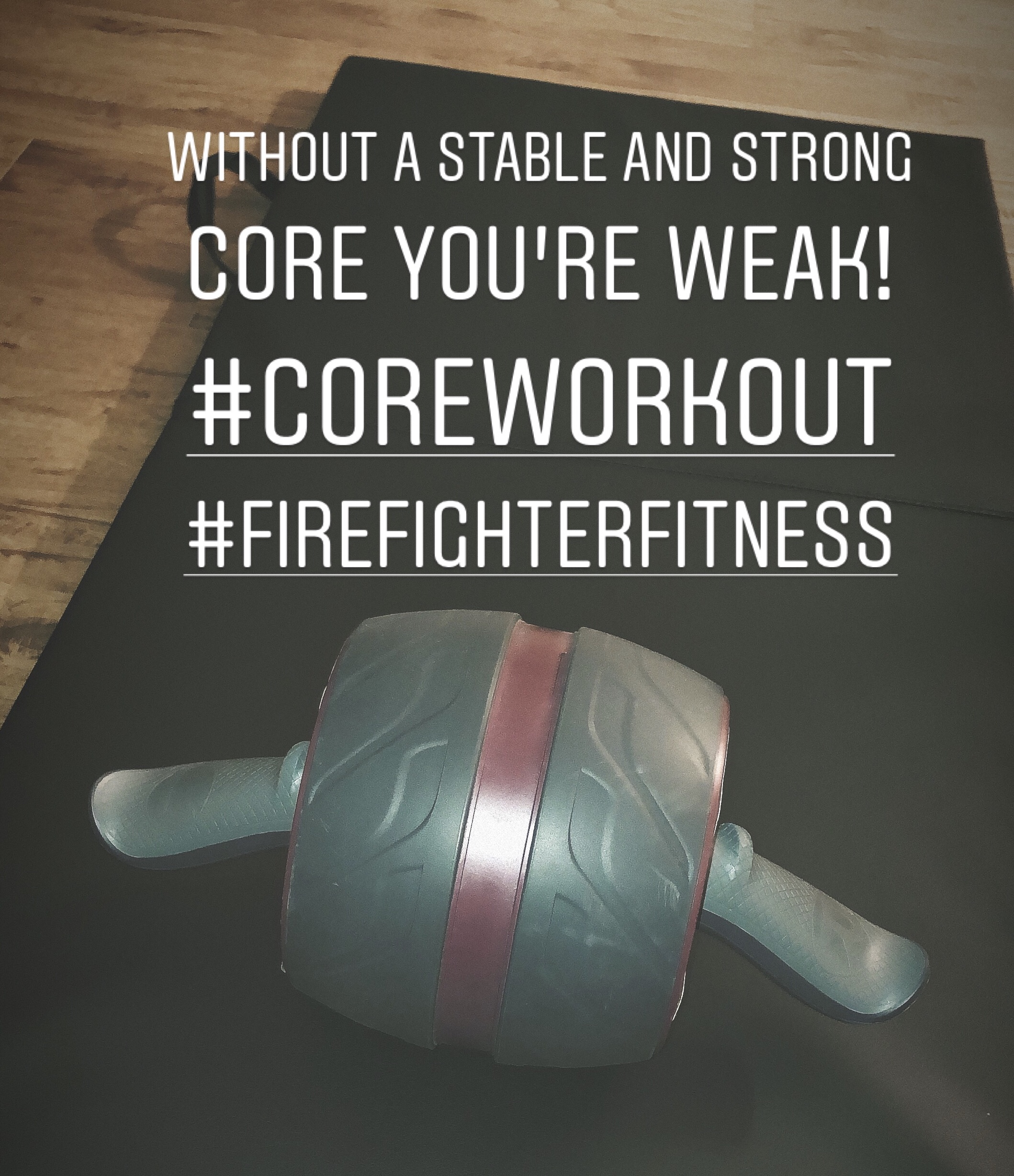As the old saying goes, "too much of anything isn't a good thing". In the fire service, we know this is especially true. On any given day we are busy running calls, training with the crew and working around the station, almost nonstop putting our bodies and minds through the gauntlet.
Sometimes this affects how we recover both mentality and physically.
Over recent months, I've been studying and partaking in cold water therapy as a part of my recovery process. Why would I want to use ice water as a therapy for my recovery especially being a firefighter?
Let’s start here.
Everything from our PPE to the added weight of our SCBA and any tools we carry with us add strains and stress to our bodies. Now add in the physical and mental duties we need to perform while in this equipment and we’re primed to have a few bumps and bruises along the way. In addition to our firefighting duties is exercise. Exercise is tremendous for your overall well-being however, overtraining and routine training will put a strain on your body hence the reason recovery variables are needed to assist in overall wellness.
According to the report released in December 2021 by the NFPA "United States Firefighter Injuries in 2020", there was an estimated 64,875 firefighter injuries in the line of duty of 2020. The majority of these being overexertion and sprains (31%). As we talk cold water therapy, you’ll see how this statistic plays into it.
We are aware that firefighting is an inherently dangerous job and requires us to put our bodies on the line at any moment and because of this we need to treat our bodies as a machine. A well-oiled, battle tested, battle ready machine prepared for the marathon of work on and off the job.
To further this statistic, nearly half of so of firefighters are likely to experience burnout and health problems associated with burnoutaccording to the Journal of Sleep Research.
Burnout is generally defined as the bodies psychological response to chronic work stress through three major areas - exhaustion, disengagement and unsympathetic attitude. This type of response affects the body and mind in many ways such as causing firefighters to be disinterested in their job or to perform work duties at unsafe levels increasing their chances of injury or worse.
As firefighters or as I like to say, functional athletes we need to take care of ourselves physically and mentality for the stressors of the job - both on and off.
So back to cold water therapy. Why is this a good idea for us?
To begin, cold water therapy is an immersion process of which you allow your body to spend time in cold water below 58 degrees Fahrenheit for short periods of time. By doing so, it activates the body's natural healing abilities assisting in the relief of various medical conditions such as inflammation, as it reduces muscle soreness and provides faster recovery.
Here are a few benefits of cold water therapy.
1. Improve the Lymphatic System. This system of the body is composed of vessels that run throughout the body which help flush away bacteria, microbes and wastes at the cellular level. In essence, this is a way to cleanse the body.
2. Improved Blood Circulation. By participating cold water immersions, the temperature of the water will stimulate the body’s blood flow into your vital organs such as the heart, lungs, liver, kidneys and spleen, and allowing your heart to pump efficiently. The results of this is better blood supply in your system and providing the nutrients and oxygen it needs.
3. Reduced Muscle Inflammation. High-intensity workouts, training in the firehouse and the training academy and tough durations of work in PPE under strenuous conditions put a toll on your body. Even simply wearing your SCBA carrying tools in a structure during a fire alarm activation puts strain on your body. All of these areas may cause muscle soreness and inflammation which can sometimes be painful and uncomfortable. By utilizing cold water therapy as a recovery tool, swelling, cramping and arthritis can be relieved through the temperature of the water.
4. Aids in Symptoms of Depression. While cold water therapy is NOT a CURE for any mental health conditions, studies have suggested it has helped alleviate symptoms of depression and anxiety. It has been said that immersing in cold water has boosted dopamine levels and increases the release of endorphins. Many mental health disorders have been linked to low levels of dopamine.
5. Immunity Booster. Studies have shown that cold water can improve the body’s ability to fight off illnesses by speeding up the body’s production of white blood cells also known as the sickness fighting leukocytes of the body.
I am not a doctor and don’t pretend to be. I am sharing a tool that has been helping me recover from training and the daily tasks of life and firefighting. The benefits of ice water therapy will vary from person to person but it is a tool that can be used to help achieve optimal performance as a functional athlete.
As firefighters, functional athletes, servant leaders of our communities it is our responsibility to take care of ourselves both physically and mentality. Train accordingly and recover just as accordingly. Recovery is vital to our overall well-being and performance. Make it count.
Until next time; work hard, stay safe & live inspired.





